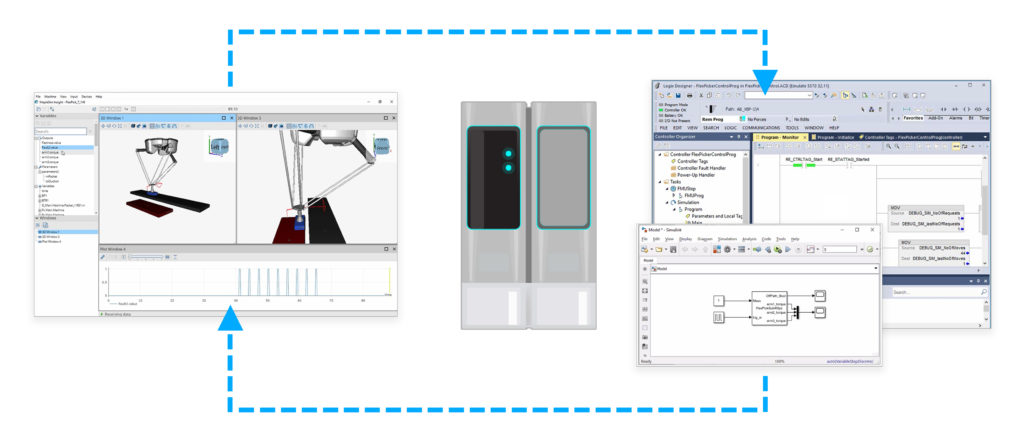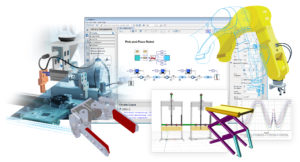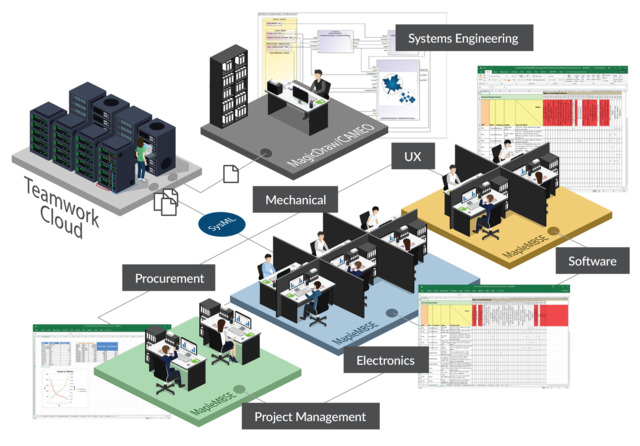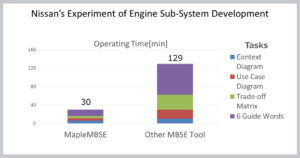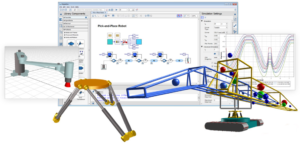Maplesoft announced Maple Flow, a mathematics tool that allows engineers to more easily brainstorm, develop, and document their mathematics and analyses. Maple Flow provides a virtual, whiteboard-style environment that automatically keeps calculations live as users refine, reposition, and develop their calculations. Maplesoft also announced a new release of the math software Maple.

Maple Flow provides an interface and workflow specifically tailored to design engineers doing calculations and quick scratchpad math, while Maple is a more general-purpose tool that supports the advanced mathematical analysis and algorithm development work done by research engineers.
By providing a flexible, whiteboard-style environment, Maple Flow allows design engineers to easily sketch out and formalize technical ideas, revising and reordering content with simple drag-and-drop behavior. Users can add math, text, and images to a live, interactive document, and Maple Flow keeps all of the mathematics automatically updated. The Maple Flow environment handles the design calculations of virtually all engineering projects, such as circuit analysis, beam loading, highway pavement design, and combustion.
The new version of Maple offers a range of enhancements across the entire product, from small productivity changes to new areas of mathematics. Improvements include a stronger math engine that can tackle even more problems, a streamlined workflow, and expanded tools for signal processing, working with thermophysical data, and physics.
Maplesoft
www.maplesoft.com/products/MapleFlow


